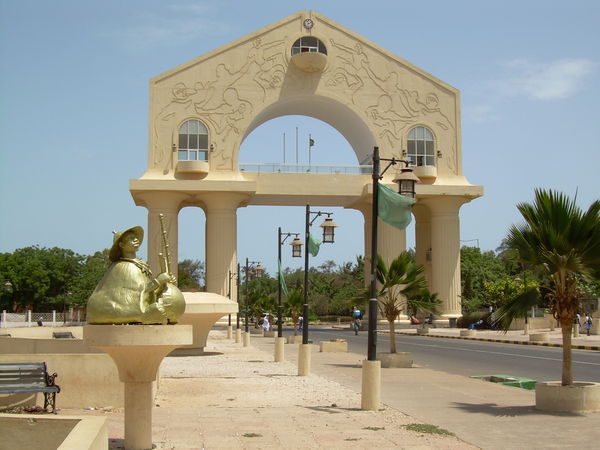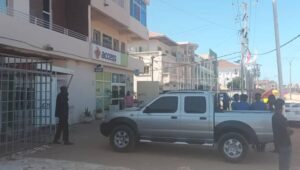
A chronology of key events:
3 BC – 500 AD – A sophisticated society existed in The Gambia, which was able to build stone circles in Wassu and other towns. The stone circles at Wassu predate the British Stonehenge by several centuries.
500 AD – Arabs visited Gambia during the Trans-Sahara Trade
1300 AD – The Empire of Mali grew up in the region and expand to the Sene-Gambia region.
1500 AD – The Portuguese, the first Europeans to sail along the coast of Africa, made a visit to Gambia and later establish trading stations along the River Gambia.
1889 – Present boundaries of The Gambia set by agreement between Britain and France.
1894 – The Gambia becomes a British protectorate.
1965 – The Gambia becomes independent with Dawda Jawara as prime minister.
1970 – The Gambia becomes a republic following a referendum; Jawara elected president.
1981 – Five hundred people are killed as Senegalese troops help suppress a coup led by Kukoi Samba Sanyang.
1982 – The Gambia and Senegal form a loose confederation called Senegambia, which collapses in 1989.
1994 – President Jawara ousted in coup led by Lieutenant Yahya Jammeh.
1996 – New multiparty constitution promulgated, but three major political parties still banned from taking part in elections; Jammeh elected president.
2001 – President Jammeh lifts the ban on the political parties he overthrew in his military coup of 1994.
2016 – An opposition coalition defeated Jammeh at the December presidential elections.
2017 – President Jammeh goes into exile after losing December election to opposition candidate Adama Barrow, but only after neighbouring countries threaten military intervention.










Recent Comments